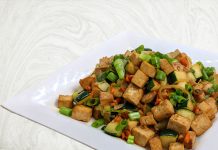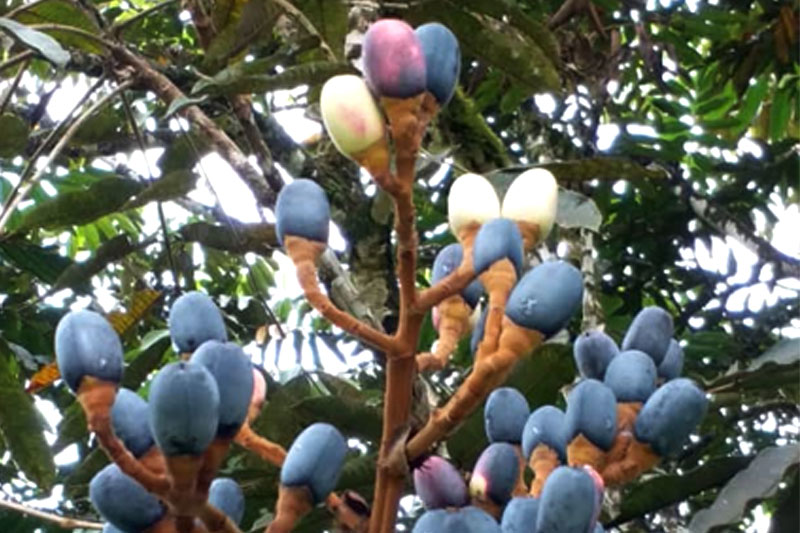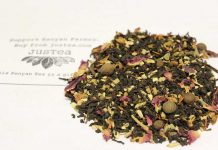Updated: August 07, 2016
What makes Peri-Peri a “deliciously wholesome” addiction? In her book “Pain and Pleasure”, author and chef, Schaetzl sheds some mysteries surrounding this African bird’s eye chilli and its health benefits.
Pain and Pleasure
Passionate and hot are the words that best described Rochelle Schaetzl when it comes to talking about Peri-Peri. Her quest for this exotic chilli inspired her to travel, meet and listen to the stories of people in almost every country on the African continent.
Peri-Peri
Pointing to a cluster of dried chillies on the table, Schaetzl remarks, “In Swahili, they are known as Peri-Peri, Piri-Piri, Pili-Pili or Peli-Peli. Belonging to the Capsicum frutescens species, these tiny, bright red pods flourish in the hilly areas of the South-eastern African countries of Malawi, Mozambique, Zimbabwe and South Africa. Its wild varieties are no less than two centimetres long.”
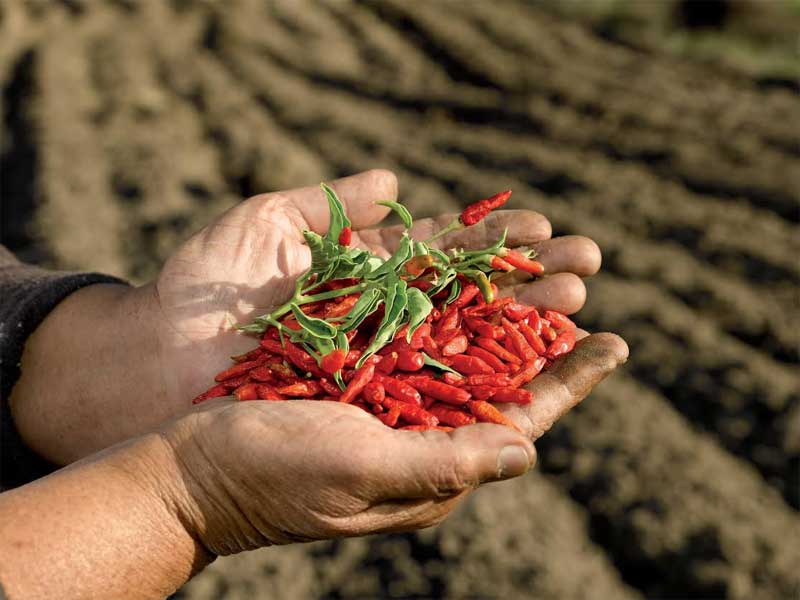
Native to South America, Portuguese explorers introduced the chilli to Africa in 1487. The humid tropical climate and nutrient rich red soil create a healthy amount of stress to produce the perfect fiery element that gives the chilli its unique pungent flavour. The smaller the pod, the spicier the flavour.
With a Scoville (SHA) heat measurement around 80,000 to 150,000 – this African red devil is rated near the top on the world’s hottest pepper scale – Bhut Jolokia (ghost chilli) tops the fiery list. Capsaicin is the chemical responsible for the chilli’s spiciness. Interestingly, capsaicin does not affect birds — making them excellent chilli pollinators.
Addiction, Endorphins and More…
A “delicious wholesome” addiction, aficionados adapt to its heat, and crave more to relive their initial experience. Too hot for your tongue! Down it with a sweet late harvest wine, sparkling grape and apple juices or dairy products like milk and yogurt. Consuming a tiny pod not only ignites the taste buds, but also stimulates the brain to release endorphins — creating a surge of exhilaration, pain and euphoria.
Peri-Peri is rich in vitamins and minerals
Health Benefits
A walking encyclopaedia on Peri-Peri, Schaetzl emphasized that chillies in general are a great cleansing agent, rich in antioxidants — contain Vitamin B1, B2, B3, folic acid, potassium, phosphorus, iron and calcium — has no fat, high in dietary fibre and low calorie count. The natural antibiotic — capsaicin in the chillies delay microbe growth in the human body and also food products. Consuming chillies improve blood flow, metabolism and stimulate the appetite.
Peri-Peri is rich in vitamins and minerals — and holds metabolism enhancing and curative properties. The green variety is packed with Vitamin C. The red genre has more Vitamin A than fresh carrot — and sun drying increases the carotene content.
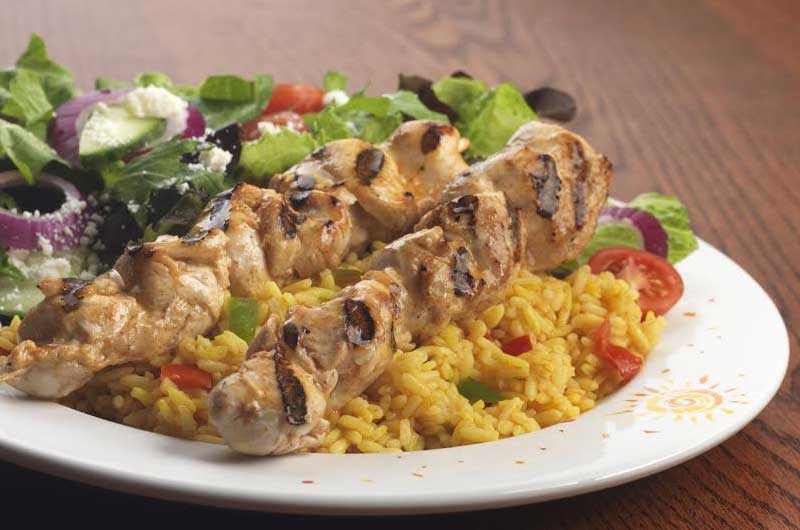
Motivation behind “Pain and Pleasure”
In researching for her book, Schaetzl found that countries on the African continent lack awareness of appreciating their heritage. As she poignantly puts it, “Cultural Amnesia — forgetting to pay tribute to what they inherited.” As a result, little is written on the history and cultures surrounding Peri-Peri — an African culinary legacy and unique capsicum species grown in this region of the world.
Pain and Pleasure is a beautifully compiled volume about the contrasts and contradictions of the African bird’s eye chilli. Rochelle’s interest combined with knowledge, extensive research — and folklores collected from the locals about this fascinating chilli — motivated her to document this culinary treasure, the oral stories — and create a credible reference for future generations.
The hardcover is well-illustrated with striking photographs, artistic drawings and easy-to-use scrumptious fiery recipes, a wonderful reference for any chilli enthusiasts looking to expand their culinary adventures.
Nando’s Restaurants introduced Peri-Peri chicken and sauces to the world in 1987. Since the opening of its first restaurant in South Africa, Peri-Peri has become a popular ingredient worldwide.





